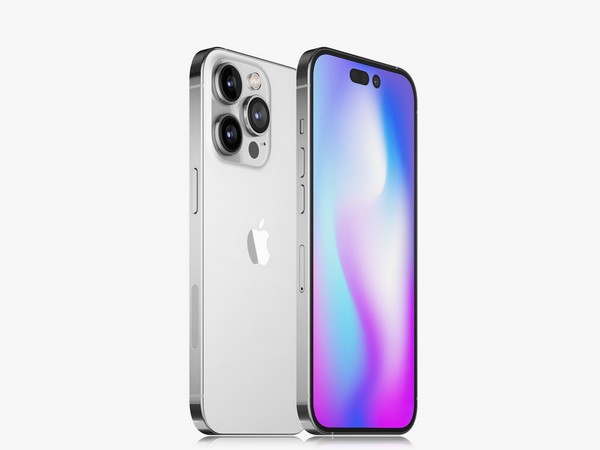Introduction
In the era of smartphones, mishaps involving water and our beloved devices are, unfortunately, all too common. Recently, Apple has introduced a game-changing liquid detection feature that alerts users when their iPhones come into contact with moisture. In this blog post, we’ll explore the intricacies of what to do when your iPhone detects water, debunking myths and providing step-by-step guidance.
Understanding the Liquid Detection Feature
Apple’s latest iPhones come equipped with a sophisticated liquid detection feature. The moment your iPhone senses moisture, it triggers an alert advising against immediate charging. This innovation is designed to prevent potential damage caused by attempting to charge a wet device.
Dispelling the Rice Myth
For years, the go-to remedy for a wet smartphone has been placing it in a bag of rice, believed to absorb moisture. However, tech experts, including Apple, have dispelled this as an urban myth. Rice particles can potentially harm your iPhone, causing more damage than good. It’s time to bid farewell to the rice-drying technique and adopt more effective strategies.
Apple’s Recommendations
When faced with a liquid detection alert on your iPhone, Apple suggests the following steps:
- Unplug the Lightning or USB-C cable from your iPhone and power adapter.
- Do not plug the cable in again until both your iPhone and the cable are completely dry.
- Tap your iPhone gently against your hand with the connector facing down to remove excess liquid.
- Leave your iPhone in a dry area with some airflow for at least 30 minutes.
- Attempt to charge your iPhone after this period.
If the alert persists, continue to leave your iPhone in a dry area with airflow, as it may take up to a day to fully dry.
Samsung’s Take on Water Exposure
Samsung, too, acknowledges the perils of water exposure and advises against the rice-drying technique. For Galaxy devices, some of which are waterproof, Samsung recommends the following:
- Turn off the device and, if possible, remove the battery.
- Wipe away moisture from external components, such as the earphone jack and charging port.
- For exposure to seawater, chlorinated water, or drinks, soak the device in clean water.
- Air-dry the device in a well-ventilated area or shade with cool air from a fan.
Samsung emphasizes avoiding rapid drying with heat sources like hair dryers and suggests bringing the device to a service center after air drying.
The Evolution of Device Care
As technology advances, so do the recommended practices for handling water-damaged devices. The shift away from rice as a drying agent reflects the industry’s commitment to providing users with accurate information for optimal device recovery. Users are encouraged to stay informed about the latest guidelines to ensure the proper care and recovery of their valuable smartphones.
Conclusion
In conclusion, when your iPhone detects water, it’s crucial to follow manufacturer recommendations to increase the chances of a successful recovery. Apple’s liquid detection feature and Samsung’s waterproof designs underscore the commitment to durability. Say goodbye to the rice myth and embrace more effective methods for dealing with water exposure. As technology evolves, staying informed ensures that your smartphone will weather the storm and emerge unscathed from liquid encounters.



